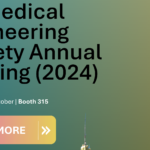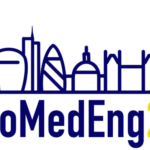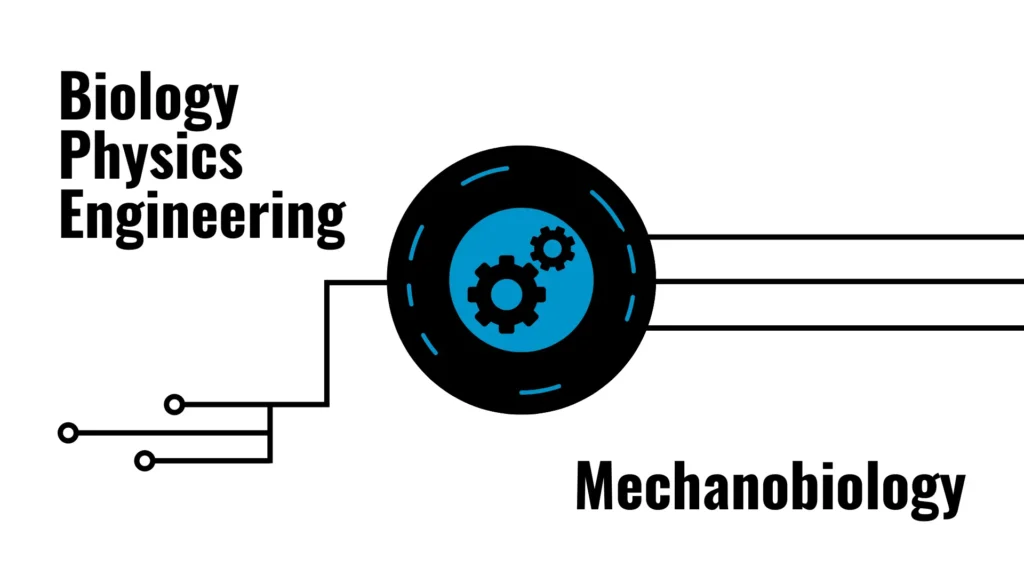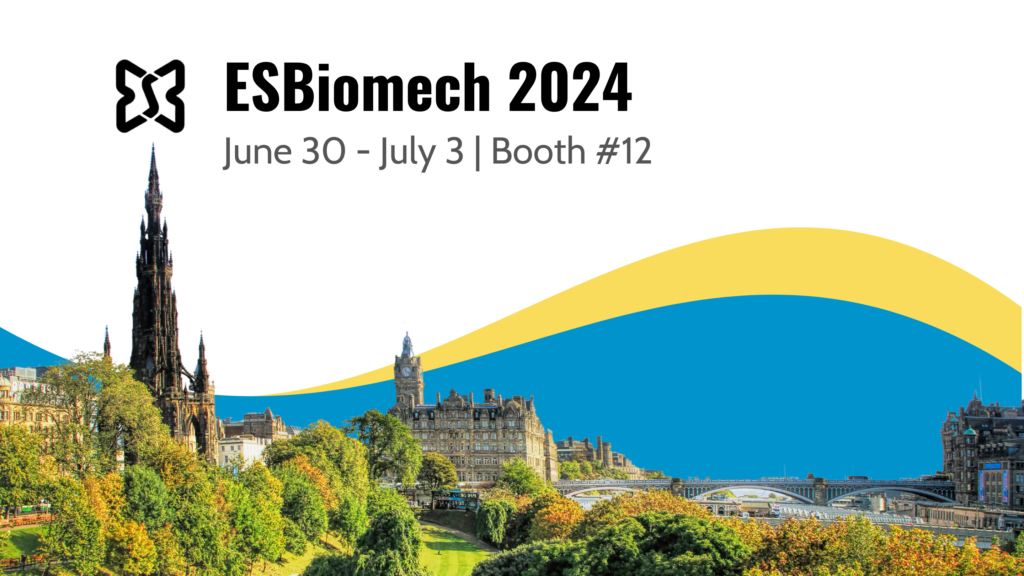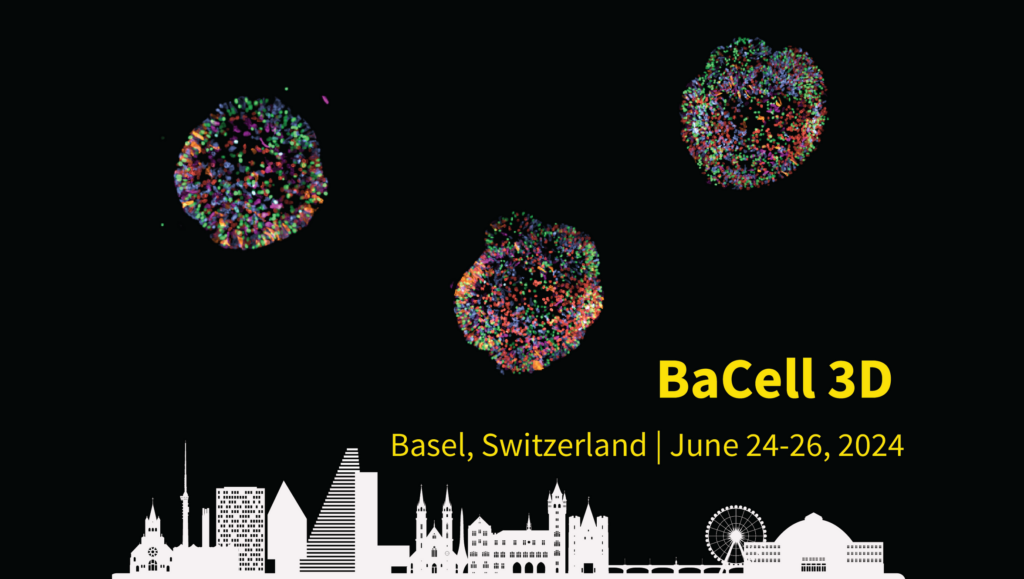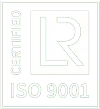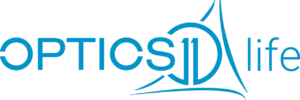
Fibrotic diseases and tumor-associated fibrosis constitute a worldwide health problem that, together, are responsible for enormous morbidity and mortality. Approximately 1 in 8 people worldwide suffer from fibrotic-related diseases. Fibrotic diseases encompass a broad spectrum of clinical disorders, including systemic sclerosis, idiopathic pulmonary fibrosis, macular degeneration, chronic kidney disease, liver cirrhosis, and cardiac fibrosis. Similar to fibrotic diseases originating following tissue injury, fibrosis also occurs with tumor formation in pancreatic cancer and hepatocellular carcinoma.
Approximately 1 in 8 people worldwide suffer from fibrotic-related diseases.
Despite the remarkable difference in clinical manifestations and disease-causing mechanisms, these disorders share a similar uncontrolled and progressive accumulation of fibrotic tissue in affected organs, causing their dysfunction and failure.
Recent evidence confirms that extracellular matrix stiffening plays a significant role in the initiation and progression of fibrosis. Matrix stiffness increases considerably during tissue fibrosis. For example, the stiffness of the skin, lung and liver increases from 0.5 to 1 kPa in homeostasis up to 25-100 kPa in experimental models of fibrosis. Moreover, matrix stiffening in response to tissue injury or tumours promotes mechano-activation of myofibroblasts (activated form of fibroblast), which are responsible for replacing normal tissue with non-functional fibrotic tissue.
Advanced tissue repair and fibrosis studies have revealed how mechanical environments are formed in normal, injured, repairing and fibrotic tissues. Optics11 Life Nanoindenters emerge as a powerful method of mechanical characterization of fibrotic tissues. The devices can identify alterations in the structural characteristics of tissues and early signs for diagnosing diseases. Translating these insights into clinical and therapeutic interventions could enable new approaches to treat fibrotic tissue remodelling.
References
[1] Rosenbloom J et al., (2017) Human fibrotic diseases: Current challenges in fibrosis research. In: SpringerLink. https://link.springer.com/protocol/10.1007/978-1-4939-7113-8_1
[2] Tschumperlin DJ et al., (2020) Mechano-therapeutics: Targeting Mechanical Signaling in Fibrosis and Tumor Stroma. In: Elsevier. https://doi.org/10.1016/j.pharmthera.2020.107575
[3] Tschumperlin DJ et al., (2018) Mechanosensing and fibrosis. In: The Journal of Clinical Investigation. https://doi.org/10.1172/JCI93561
[4] Kuehlmann B et al., (2020) Mechanotransduction in Wound Healing and Fibrosis. In: Journal of Clinical Medicine. https://doi.org/10.3390/jcm9051423
[5] Santos A et al., (2018) Matrix Stiffness: the Conductor of Organ Fibrosis. In: SpringerLink. http://10.1007/s11926-018-0710-z

